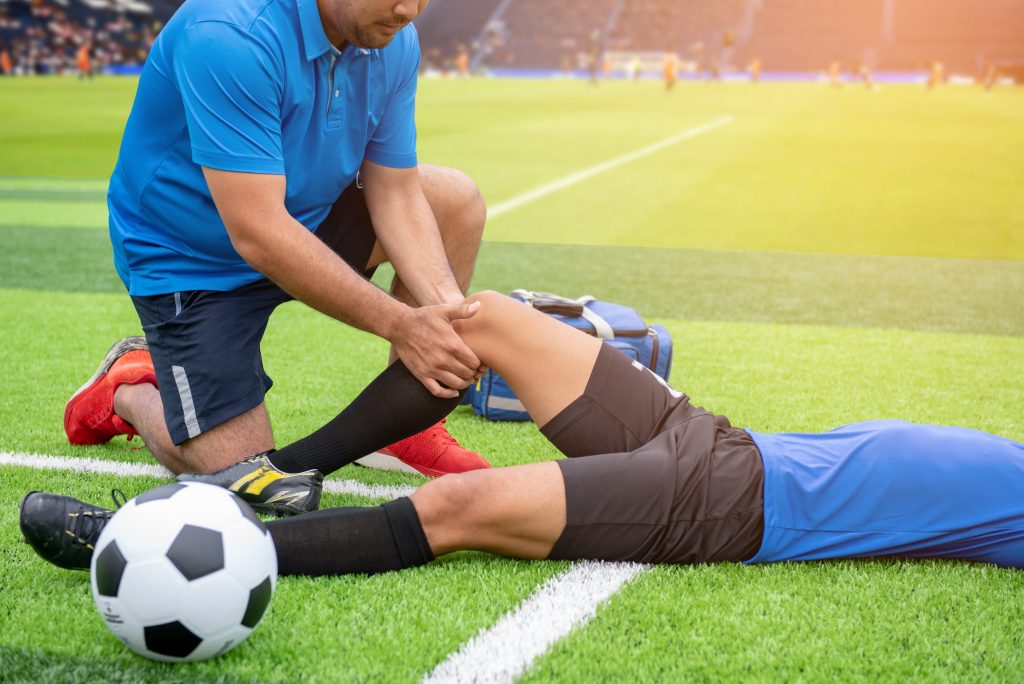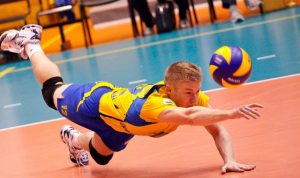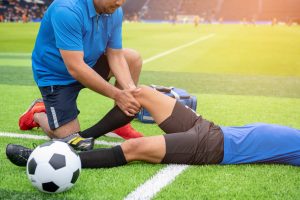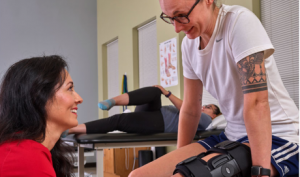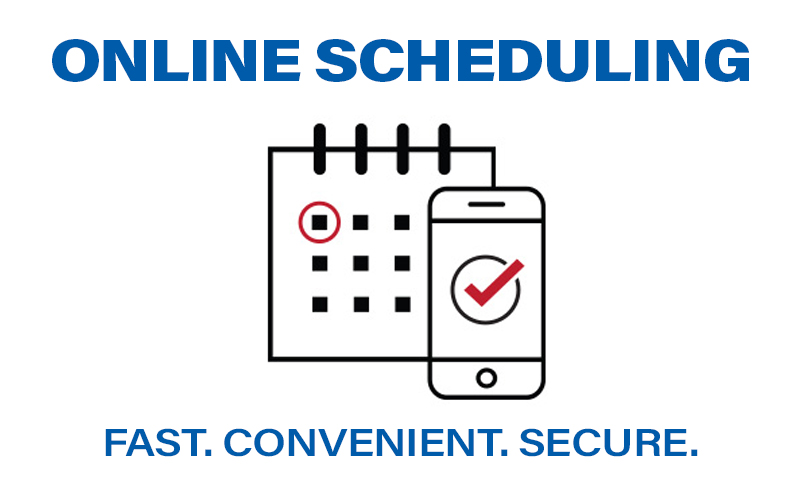Did you just slide into home base like a maniac and something went pop? On the Volleyball Team at school and it was the finals, you jump, you slam, your knee throbs… On the ski slopes during the annual vacation, you hit a mogul mine field by mistake, you take the turn, you hear a snap…
The term ACL refers to the Anterior Cruciate Ligament. ACL tears are often the season ending injuries we hear about in sports. In the United States, it is estimated that ACL injuries happen to 1 in every 3000 people and usually occur when the foot is planted firmly and the knee pivots, twists or overextends suddenly.
When the ACL is torn, the mechanics of the knee change and create abnormal pressure on the meniscus and articular (covering) cartilage of the femur and tibia. As a result, injury to the meniscus can occur if the ACL is left untreated. Once the meniscus is injured, the risk of osteoarthritis increases sharply. Therefore, when you have an ACL injury, it is important to modify or limit activities that increase stress on the knees until your ACL is treated and healed.
Knee Facts:
- Approximately 19.4 million visits to physicians’ offices in the US per year are due to knee problems.
- The knee is a complex joint with many components, making it vulnerable to a variety of injuries.
- Oral medications can mask the pain but do not aid in the healing of knee injuries.
- Most knee injuries can be successfully treated with or without surgery.
- Sadly, regardless of treatment, ACL injuries in high-school youths are associated with a 10-fold increased risk for degenerative knee arthritis later in life.
ACL Injury Symptoms
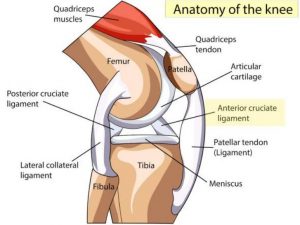
swelling. Even with a slight tear, your knee may feel unstable and your knee may ‘give way’ with
sudden movements.
More serious ACL tears or ruptures are accompanied by severe pain and often a popping
sound. Swelling in the knee usually gets worse for several hours following an ACL tear, with the
most rapid swelling occurring within the first 4 hours. The knee may feel as though something has
snapped and walking or bending the knee is usually impossible.
The most important thing you can do immediately is to be seen by an Orthopaedic specialist.
Your injury should be assessed quickly so you can begin whatever treatment is necessary to get
you back into the game.


